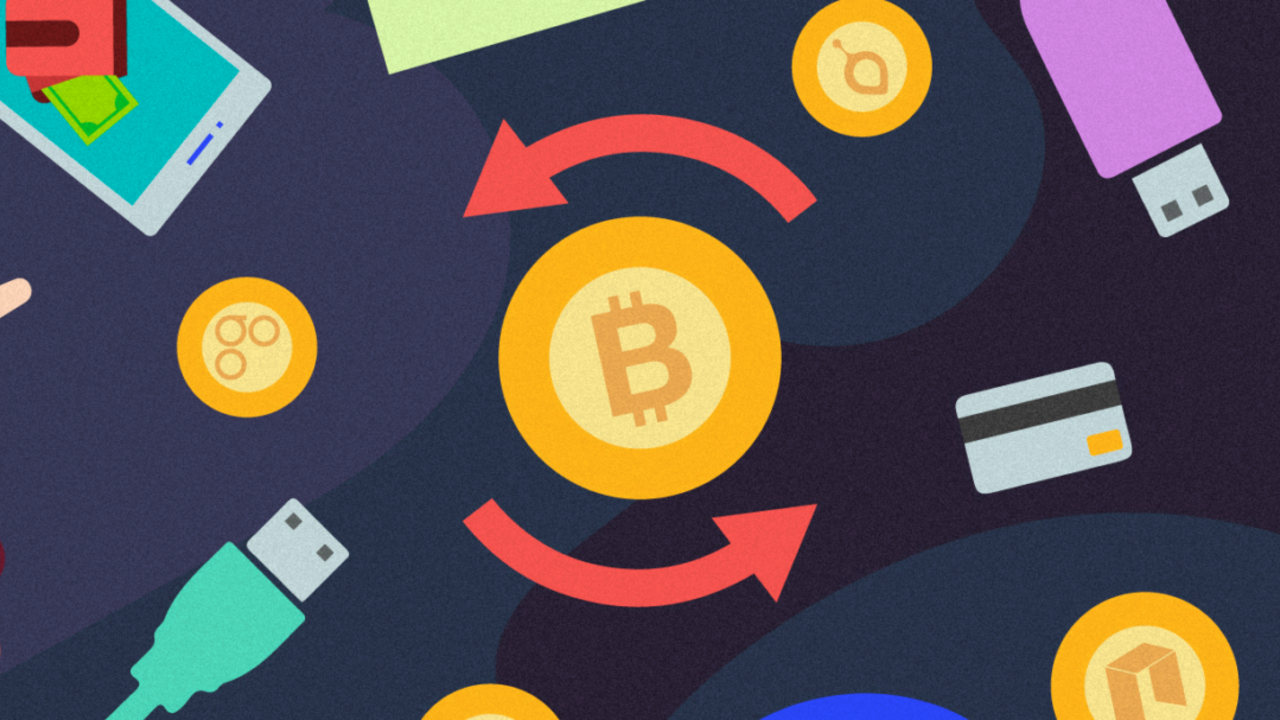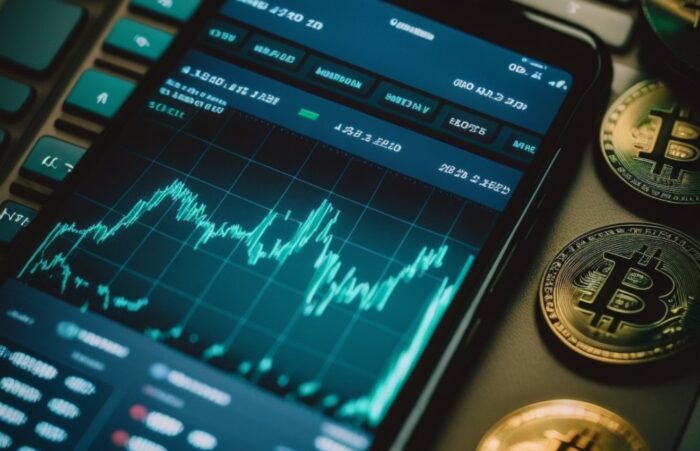
Owning digital assets carries much more risk than conventional money. One of the main aspects of investing in cryptocurrencies is the question of secure fund storage. Losing access to a wallet or the theft of crypto assets can lead to colossal financial losses and completely devalue your investments.
That’s why, before buying cryptocurrencies, everyone must study issues related to their secure storage. Today, we will check where cryptocurrency can be stored and learn more about different methods: their features, advantages, and disadvantages.

Primary Types of Cryptocurrency Storage
Let’s move on to discussing the main types of cryptocurrency storage. First and foremost, it’s significant to understand the difference between cold and hot storage of digital assets.
Cold Storage
It implies the physical storage of cryptocurrency completely offline, usually achieved through special hardware devices or paper wallets with printed private keys. Cold storage is the most secure method because a thief would require physical access to the device or paper medium to steal funds. However, cold wallets significantly limit the speed of transactions as device access is needed.
Hot Storage
It involves keeping funds constantly online on a cryptocurrency exchange, an online wallet, or the user’s computer. This method is more convenient, allowing easy and quick management of accounts and transactions. However, hot storage carries higher risks of hacking and fund theft because of connection to the Internet.
Thus, cold storage methods provide the highest level of security, while hot storage offers maximum convenience in cryptocurrency use. An ideal approach is a combination of both methods. You can store funds in a secure cold wallet and leave a small amount in hot storage for operational convenience.

Cryptocurrency Wallets
Let’s take a closer look at the main types of cryptocurrency wallets.
- Online wallets. A convenient option for beginners, provided by cryptocurrency exchanges or specialized online services. The process of creating and using them is extremely straightforward. However, it’s crucial to understand the risks. If the service is hacked, you can lose access to the funds.
- Mobile wallets. These are cryptocurrency wallets in the form of smartphone applications. Their advantage lies in the ability to perform transactions quickly from anywhere. However, smartphones are easily hacked or lost, so storing large amounts in a mobile wallet is risky.
- Desktop wallets. You can install it on a computer as software. These wallets offer a more secure option compared to online wallets. However, a computer can also be vulnerable to hacking.
- Hardware wallets. These are special physical devices designed for storing cryptocurrencies. It is the most reliable option. Even in the event of a computer hack, attackers won’t gain access to the funds.
- Paper wallets. You can generate mediums containing encrypted private keys and print them. Security is very high, but there is a risk of physical damage or loss of the paper with the keys.
As you can see, each type of wallet has its nuances. A wise approach is to use different types of wallets to diversify the risks.
Storing Cryptocurrency on Exchange
Many newcomers use exchange wallets as their main storage for funds in the crypto market. It is due to convenience – it allows for quick trading, depositing, and withdrawing funds. However, such a practice is highly risky for several reasons:
- Hacking and theft by hackers.
- Technical glitches. Errors in exchange operations can lead to temporary unavailability of funds.
- Bankruptcy risk. If an exchange ceases to exist, the refund of funds is not guaranteed.
Therefore, we recommend keeping on exchanges only an amount for trading purposes. Transfer your savings to your wallets under your control. It will help minimize financial losses in the event of a hack or exchange bankruptcy.

Multi-Signature Wallets
Where also can you store crypto? Let’s consider another type of cryptocurrency wallet – those with multi-signature capability. Their distinctive feature is that confirming a transaction requires multiple signatures (keys).
For instance, a wallet can be configured to necessitate confirmation from at least two out of three possible keys to send funds. This enhances security by distributing responsibility among several owners or storing keys in different locations.
Even if malicious actors gain access to one of the keys, it won’t be sufficient for executing a transaction. Thus, multi-signature wallets serve as a reliable alternative for safeguarding significant amounts of cryptocurrencies.
Secure Backup Procedures
Any experienced cryptocurrency holder understands the importance of backing up. In the event of a device failure or loss, recovering access to funds is impossible without a backup.
However, the backup procedure requires utmost caution and responsibility. The cardinal rule is never to store the backup in the same place as the original. For example, if the primary wallet is on a computer, you should have the backup on an external device in a safe.
Additionally, the copy should be securely encrypted using robust algorithms to prevent crypto key leakage. A good option is storing the encrypted backup in cloud storage. This way, even in the case of physical destruction of the device and external storage, you will still have access to your wallet.
Utilizing Secure Networks and Devices
To ensure the highest level of security for your crypto assets, we recommend you follow the guidelines:
- Use a dedicated device solely for cryptocurrency-related activities. Ideally, this should be a computer or laptop, not a smartphone.
- Install only verified software on this computer that is necessary for cryptocurrency wallets. Avoid using third-party programs and applications.
- Employ a reliable antivirus with all the latest updates.
- Connect to this computer only through secure networks. It’s better to disable Wi-Fi and use a wired connection.
- Regularly update your operating system and software to avoid vulnerabilities.
Adhering to these guidelines will significantly reduce the risk of theft of your crypto assets by malware or hacker attacks.

Regular Security Audits
Ensuring reliable cryptocurrency protection is not a one-time event but a continuous process. It is necessary to periodically conduct comprehensive security checks of the utilized crypto wallets to find vulnerabilities. We recommend you perform the following actions at least once a month:
- Ensure that the latest wallet and operating system software updates are installed on all devices.
- Verify the strength of passwords and access codes for wallets. Change them to more robust ones if necessary.
- Confirm that the antivirus software is functioning correctly, and virus databases are up to date.
- Assess the security of storing backup copies of crypto wallets.
- Check for any suspicious activity in the transaction logs of the wallets.
Regularly performing such checks will enable the timely detection of security issues and allow for corrective measures to be taken.
Summary Guide How to Keep Your Crypto Safe
Remember this key points:
- The question of securely storing cryptocurrencies is crucial for any digital asset investor.
- There are two main types of storage – cold and hot. The former provides maximum protection, while the latter offers convenience.
- Various types of crypto wallets are considered: online, mobile, desktop, hardware, and paper. Each has its advantages and disadvantages.
- Storing large sums on crypto exchanges is risky due to the threats of hacking and bankruptcy.
- Multi-signature wallets enhance security by distributing responsibility.
- Regular backups are crucial but require a responsible approach to storing copies.
- It is recommended to use secure networks and devices specifically dedicated to cryptocurrencies.
- Regular security checks of wallets and storage systems are necessary.
- Check the cryptocurrency market live only from secure sources.

The main advice is to apply a combined approach using different types of storage. Do not place all funds in one place. This way, even if one storage is damaged, you won’t lose all your crypto assets. The security of digital currencies requires constant attention and caution, but the right approach will minimize risks and preserve your investments.
















